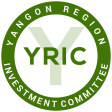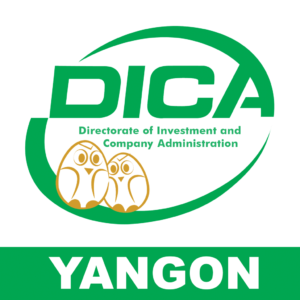Why Invest in Yangon?
History
The famous pagodas in Yangon such as Shwedagon Pagoda, Sule Pagoda, Botahtaung Pagoda are believed to be ancient heritage buildings that existed since the Buddha’s time (6th) Century BC. In 1755 AD in the Kone Baung period, A Laung Min Tayarr built a capital called Yangon.
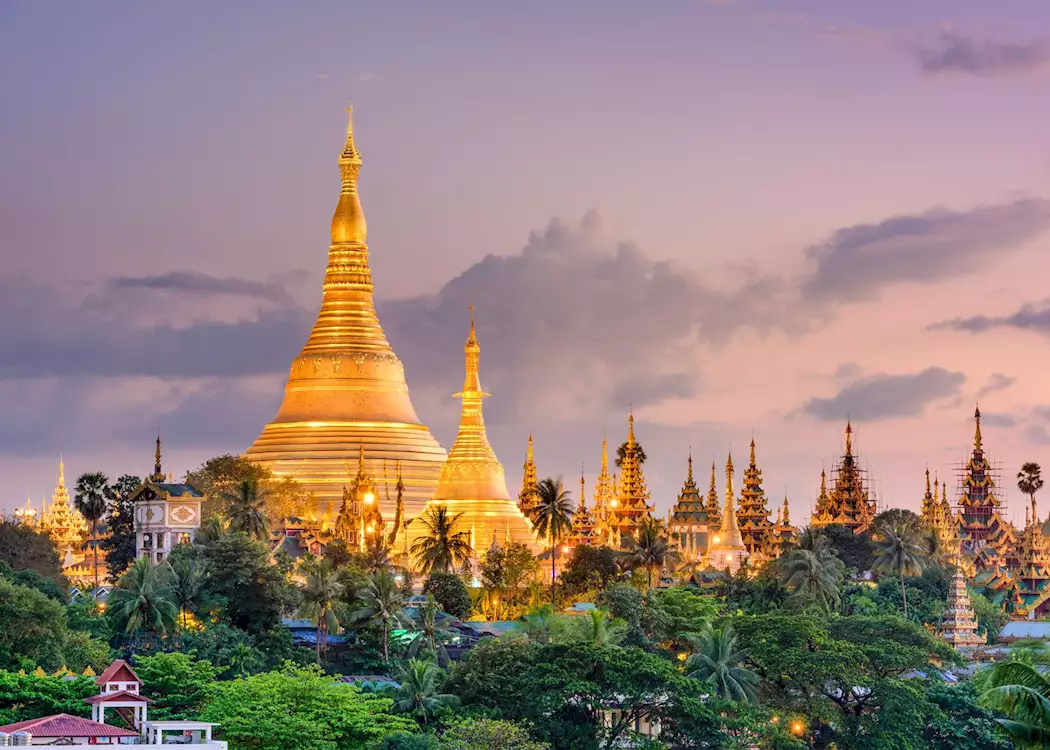
Center of the Myanmar’s Economic
Yangon Region covers an area of 3967.868 square miles and it is composed of 14 Districts, 45 Townships, 3 Cities, 743 Wards, 621 village tracts and 2143 villages. It is the center of the Myanmar’s economic development and both rural and urban features are developing together. Economic fundamentals such as supporting international and regional/state trade, high in production and service sectors, many foreign investments are also developing together.

In the 2022-2023 fiscal year of regions/states, Yangon Region has the highest value of total production and services (at annual prices) with 31,630,908 million kyats, and the economic growth rate has increased by 4.8% at normal prices. In Yangon Region’s GDP, it has been found that the industrial sector has the largest participation as it is included the total production and service value by major sector is (4.4%) in the agricultural sector, (49.7%) in the large industrial sector and (45.9%) the large service sector. The average production and service value of each individual (per capital GDP) was 3,608,102 kyats at annual prices.
In order to create a good business environment in Yangon Region for balanced development without disparity between urban and rural areas, to welcome responsible and quality investments, in order to significantly increase the amount of foreign investment, the investment sectors that will be prioritized in Yangon Region are listed below-
- Agriculture and livestock activities and agriculture, livestock-based manufacturing and value-added products for import substitution and export promotion.
- Development of infrastructure and construction projects
- Micro, Small and Medium Enterprises
- Digital Businesses
- Green economy and renewable energy production industries
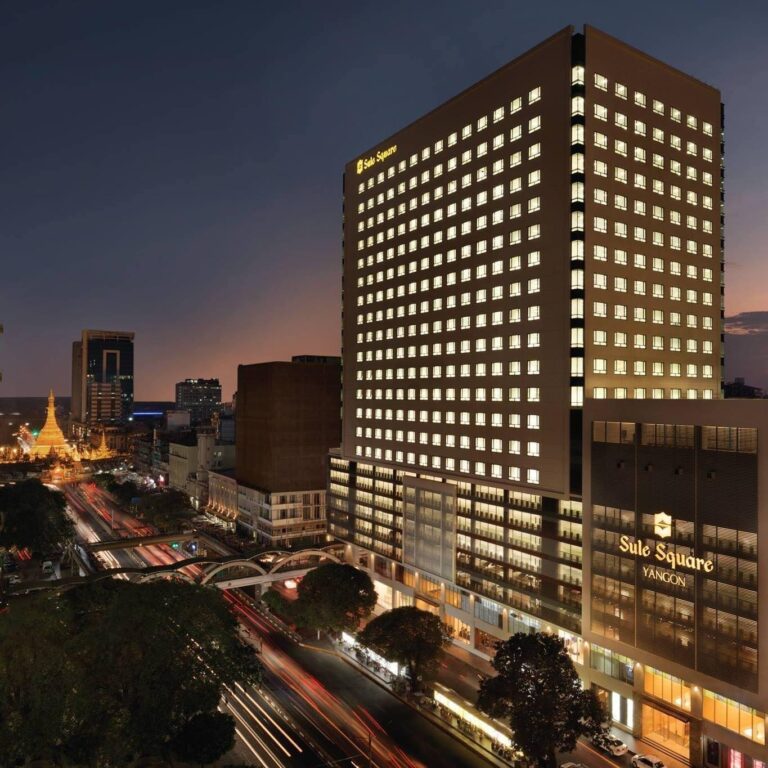
Based on the existing resources for the economic development of Yangon Region, the economic sectors that will be prioritized to be promoted are listed below –
- Agriculture and Livestock sector
- An industrial sector that will be able to use modern techniques to replace agriculture and livestock-based manufacturing and imports and promote exports
- Micro, small and medium business sector
- Commercial transport sector of goods
- Urban transport and sustainable urban development sector
- Digital Businesses Sector
- Green Economy and renewable energy production industries sector
Fascinating Information
Yangon Region has more than 6,000 ancient heritage buildings and sublimity stupas including religious buildings, privately owned buildings, architecturally unique buildings can be studied. The historical streets can be explored and also the lifestyles of the locals in Yangon, Burmese traditional food can be found in Yangon Region. There are also museums and historical sites where can learn about traditional traditions and understand the great and sacred culture of Myanmar.

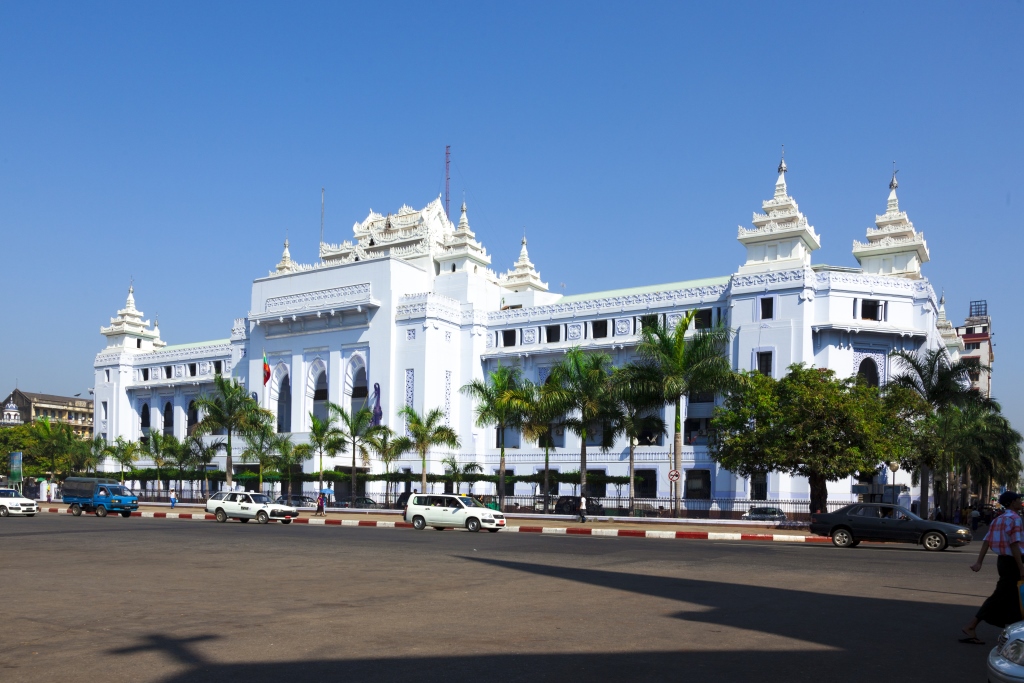
Based on the population collected from 2014 Population and Housing Census, Department of Population has announced that the estimated population of Myanmar on 1st October 2021 is 55.3 million and the total estimated population of Yangon Region on that day is 8.7 million. Out of the estimated total population of Yangon Region, there are 4.1 million males and 4.6 million females, and it is found that the number of females is higher. The population density is about 825 people per square kilometer. People of all races and religions live in Yangon Region and Kachin, Chin, Kayah, Karen, Burmese, Mon, Rakhine and Shan people are found the most.
